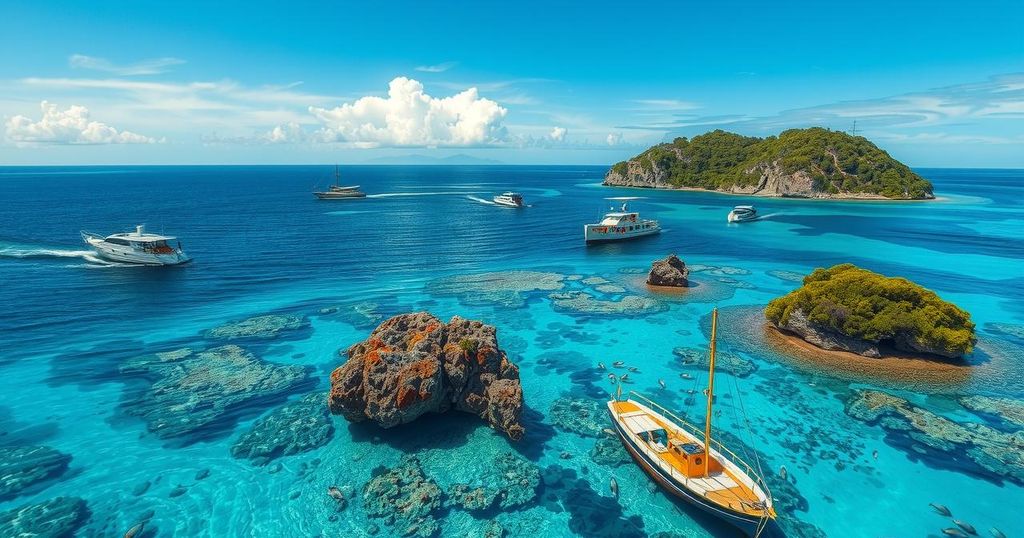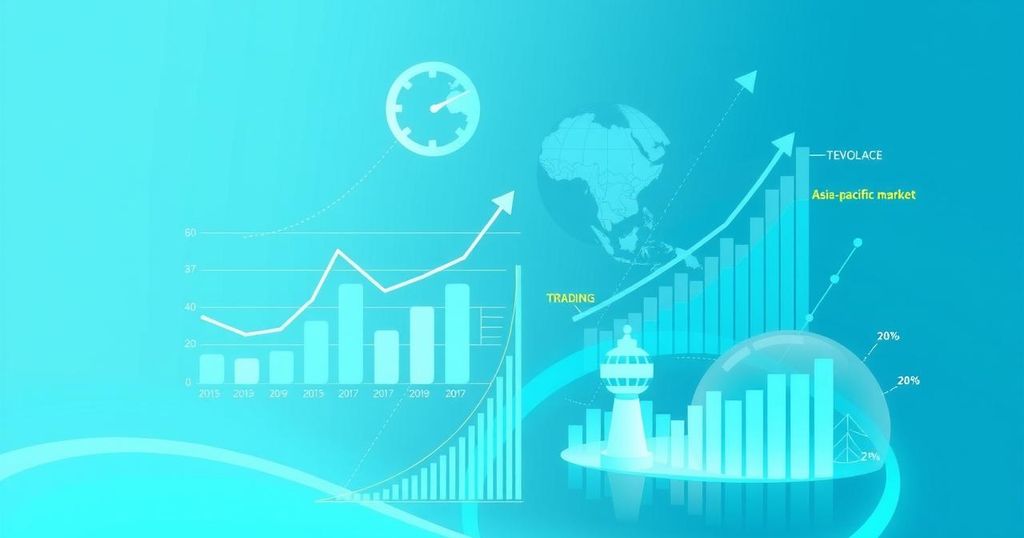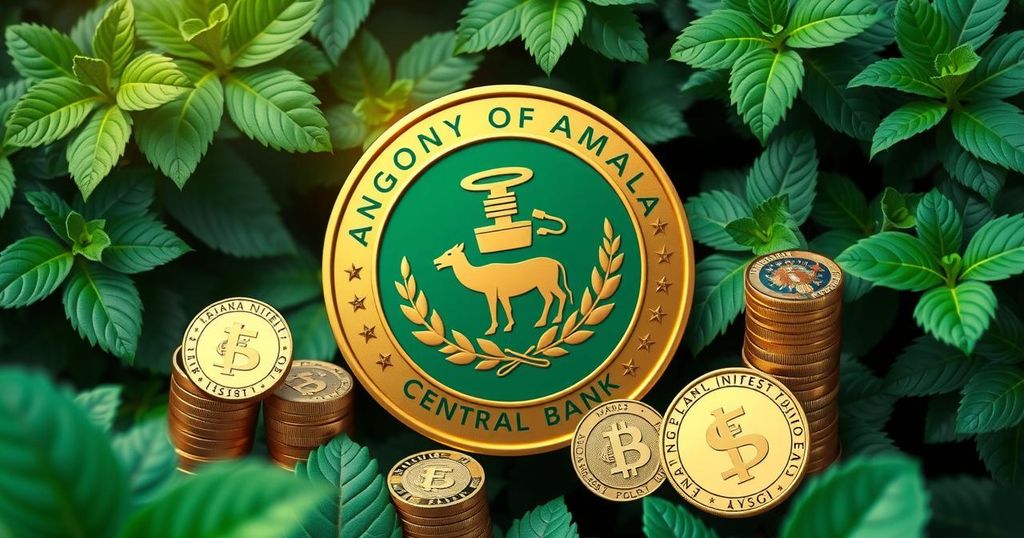Comoros Economic Update: An Ocean of Opportunities – Blue Economy as a Driver of Sustainable Growth
The Comoros economy is experiencing a slow recovery with a growth rate of 3.4% projected for 2024. Despite this, persistent poverty and macroeconomic risks pose significant challenges, including high reliance on imports and vulnerability to climate shocks. The blue economy offers substantial opportunities for fisheries and marine tourism, requiring urgent reforms and investment to drive sustainable growth.
The Comoros economy is showing signs of gradual recovery, with growth projected to be around 3.4% in 2024. However, this growth is still insufficient to substantially combat the ongoing issues of poverty and inequality. While there’s a relatively positive outlook for the medium-term, the country grapples with significant macroeconomic risks, which include overly relying on imports, having a limited range of exports, and being vulnerable to climate and external shocks.
In order to maintain sustainable economic growth, Comoros needs to improve fiscal sustainability, foster the competitiveness of the private sector, and enhance governmental governance. The blue economy, encompassing sectors such as fisheries, marine tourism, and environmental conservation, presents a substantial opportunity for the nation. Realizing this potential will depend on robust infrastructure development and environmental protections.
The inaugural Comoros Economic Update, aptly titled An Ocean of Opportunities: Blue Economy as a Driver of Sustainable Growth, sheds light on the current economic trends and medium-term forecasts. The report’s targeted section examines how tapping into the blue economy could spur job creation and economic growth while simultaneously preserving ecosystems for years to come.
Despite the boost in economic growth to 3.4% in 2024, driven primarily by household consumption and services with support from remittances and alleviating inflation, poverty levels stubbornly persist. Public finances are under strain, as revenues have remained steady at 16.6% of GDP while public spending has surged due to large projects financed externally, leading to an increase in the fiscal deficit up to 3.9%. Public debt is now standing at 36.8% of GDP, which has prompted international bodies like the IMF and World Bank to designate Comoros as being at a high risk of debt distress.
Remittances have averaged around 11.3% of GDP for the past decade and are crucial for household support. Yet, they are not enough to mitigate the trade deficits or to further development initiatives. Additionally, the banking sector continues to experience fragility due to high rates of non-performing loans, which restrict access to credit and stifle the private sector’s growth. Therefore, reforms aimed at bolstering public finances, diversifying the economy, and fostering long-term resilience are essential.
Looking ahead, the 2025-2027 period appears steady for growth in Comoros, anticipated to be driven by private consumption and public expenditures, especially on infrastructure projects in light of the upcoming 2027 Indian Ocean Island Games. Although inflation is expected to decrease, helped by strategies like liberalizing rice imports, the country remains challenged by high import dependency and limited export diversification. The accession to WTO holds the prospect of access to new markets but may also reduce trade revenues unless policies adapt properly. Moreover, climate change and global economic fluctuations pose significant threats to stability.
To cultivate consistent growth, Comoros needs major reforms in fiscal policy, thus boosting the private sector and improving governance—this is crucial for building resilience. With public debt projected at 37% of GDP in 2024, fiscal space remains quite restricted. Reforms should focus on broadening the tax base, modernizing tax practices, and enhancing the management of public finances. Transparency in debt management and relying on concessional financing are also pivotal to alleviate debt risks.
Encouraging private sector growth necessitates eliminating regulatory hurdles, improving access to finance, and effectively utilizing remittances. Accession to the WTO could offer avenues for diversifying exports, particularly in fisheries and agriculture, but necessitates investment in logistics and quality infrastructure. The financial sector also needs reforms to tackle high non-performing loans and broaden financial inclusion.
Unlocking the blue economy via thoughtful reforms and investments could significantly enhance inclusive growth in Comoros. The country is rich in natural resources, especially fisheries and marine tourism, yet struggles to convert these resources into actual economic benefits due to outdated practices and poor infrastructure. A solid blue economy strategy, linked with governance improvement and infrastructure efforts, could raise GDP growth substantially, aligning with the objectives of the Plan Emergent Comores 2030. This plan emphasizes sustainable resource management and climate resilience, with key areas of focus including modernizing fisheries and enhancing infrastructure for ports and energy access. By promoting both human capital development and climate resilience alongside blue economy initiatives, Comoros can strive toward a future of sustainable, inclusive growth.
In summary, Comoros is on a cautious path toward economic recovery, but faces formidable challenges such as persistent poverty and macroeconomic vulnerabilities. The blue economy offers a pathway to transformation while necessitating committed investment and reform. By capitalizing on its natural resources and addressing governance and fiscal challenges, Comoros can harness these opportunities to foster inclusive growth and work towards becoming an upper-middle-income nation by 2050.
Original Source: www.worldbank.org




Post Comment